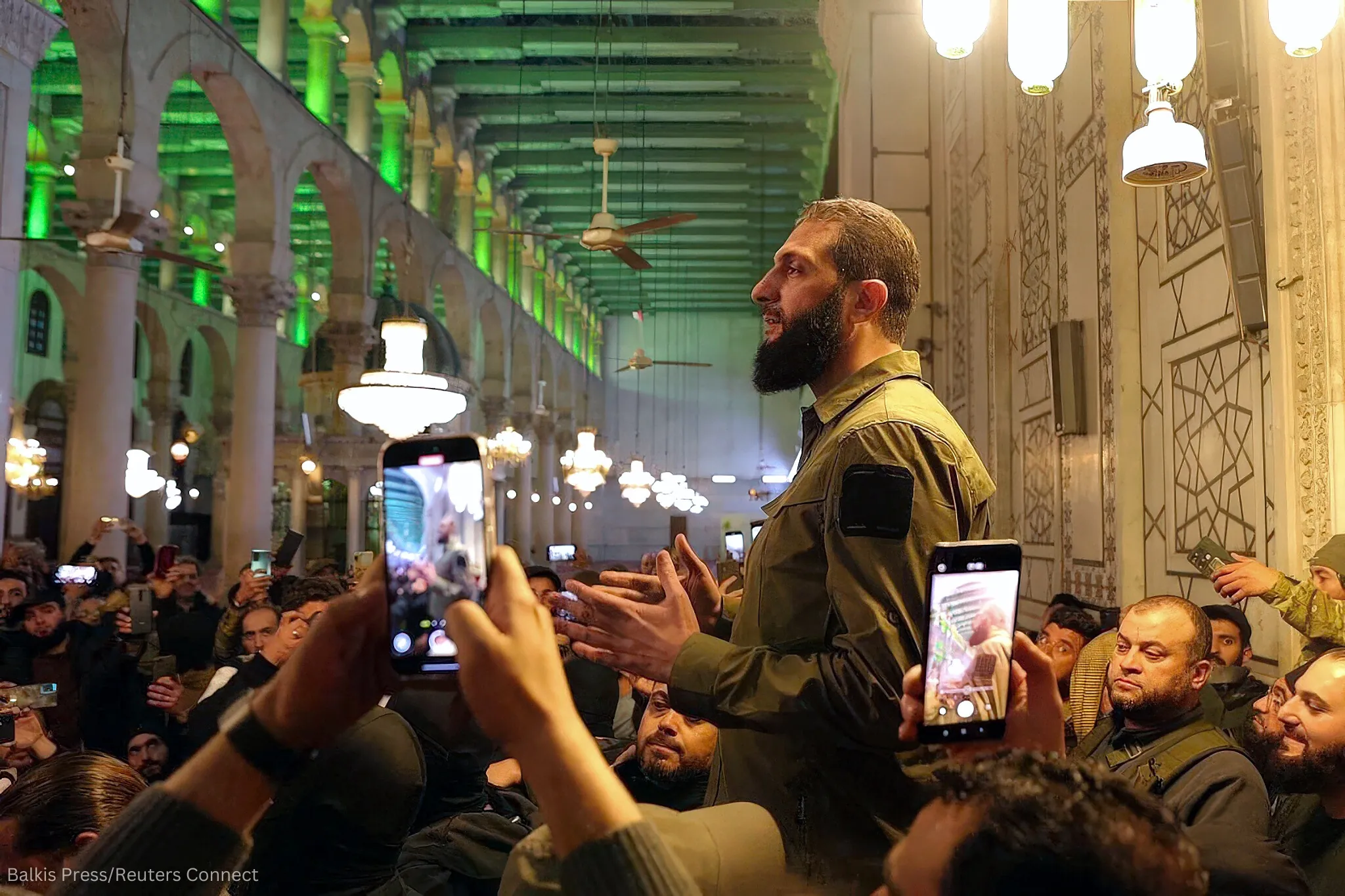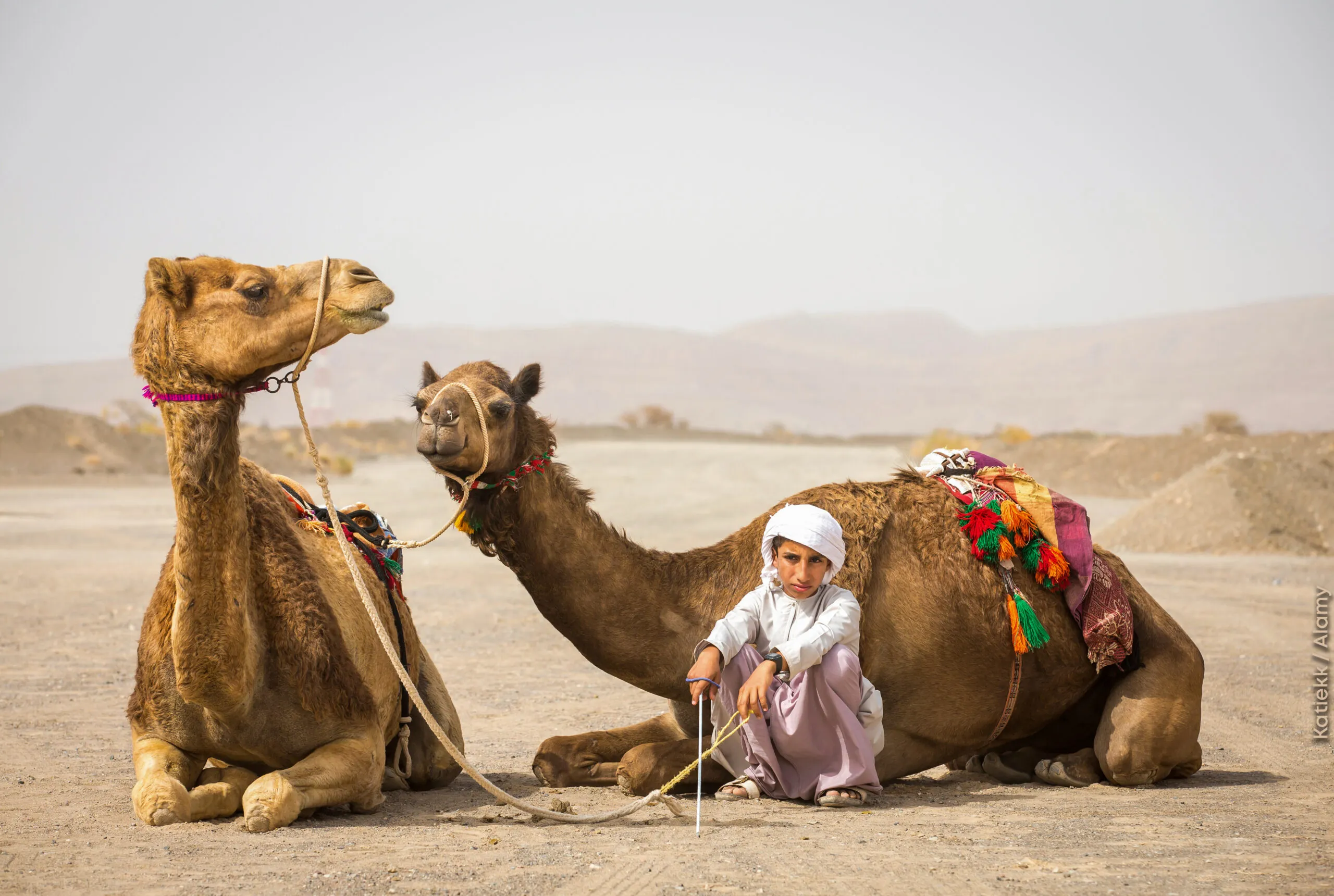
I had just arrived in Israel thinking I would stay for a couple of months to help an Israeli minister leaving for meetings abroad.
As I love languages, I immediately signed up for a course in Hebrew. It was just after the Six-Day War, and my class was full of new immigrants, plus a few Arabs who grew up in Judea and Samaria, under Jordanian rule. Now these Arabs were dealing with a new world, a new government, and learning a new language.
The Israeli government wanted these students to also learn something about Israel’s history and culture. Our first outing hosted by the university took place on Tu B’Shvat, the holiday when Israelis plant trees. So, on that foggy winter day in February 1968, our class was driven to the newly-liberated Judean hills where we all planted a tree under the protective eyes of Israeli soldiers just a few meters away. Planting trees became part of the new identity of early Jewish pioneers.
Some of the most spectacular scenery in Israel’s southern desert contrasts the waterless rocky mountains with gorgeous swaths of trees. Israel has learned how to plant and grow trees, even in the desert.
As Jews began to return to the Holy Land in the late 1800’s, they found a very desolate landscape. Trees were literally non-existent. A few Arabs would migrate into what was once Israel, and begin to farm a patch, but then roaming Bedouin tribes would also enter the land, often murder the Arabs, and steal their crops. They would then remain long enough to graze their sheep and camels until the land was again bare, and then move on from the Holy Land for new grazing.
Since the early twentieth century, the Jewish people have planted 250,000,000 trees! The Jewish National Fund, in charge of tree-planting, are proud to point out that Israel is the only country in the world that ended the twentieth century with more trees than there were in 1900.

Life as a Bedouin
This year, the Jewish National Fund began to clear another area in the desert to plant another swath of trees in the Negev. But these few acres were one of the triggers that began the dissembling of Israel’s last government. It was all about the Bedouin tribes living in the desert.
When the Bedouin saw the saplings, they began to riot, clashing with the police and damaging cars, and even a train. The leader of the only Arab party in the ruling government, Ra’am, threatened to quit the coalition if the trees were planted. That would have brought the government down. The planting stopped.

The Bedouin and the Land
When Israel was established, there were 12,000 Bedouin living mostly in the Negev. Israel gave them all Israeli citizenship. The Bedouin, however, have one of the highest birth rates in the world due to their multiple wives. As such they have already multiplied exponentially to some 300,000.
The government has sought for years to relocate the Bedouin into organized, recognized cities, but most tribes and extended families have refused, insisting they stay where they are. They regard forestation work as an attempt to keep them from taking over more of Israel’s state lands. They see the Negev as their land and accuse the Israeli government with trying to depopulate the Bedouin.
Most people do not realize that the Negev desert composes 60% of all of Israel’s landmass. As such, Joel Rivlin, son of the former President Reuven Rivlin and head of the Bedouin government division, explains that in order to fulfill the Zionist vision, Israel must protect state lands from illegal squatting.
Nevertheless, Israel does not disregard their claims. When a Bedouin family makes a claim that an area is theirs, they are summoned to the courts and asked to prove their ownership. In fact, 50% of the land Bedouin communities say is theirs, is now going through legal proceedings to determine ownership. Usually, they don’t have anything to show, citing “oral tradition.”

The Mafia and Islamification of the Bedouin
Though the Bedouin are famous for their hospitality and warm culture (being hosted in a Bedouin tent is an amazing experience!) their communities live by their traditional laws of polygamy and honor killings. And because the Bedouin refuse to recognize the laws of the State of Israel, their communities are ruled by mafia-type lords.
Over one third of the Negev Bedouin population live in impoverished shanty towns which were built without careful planning—with no schools, electricity, sewage or running water. Their unrecognized townships—45 in all—are scattered across the desert. As squatters, they have no police or formal government control.
Radical Islamists, seeing an opportunity, have infiltrated these Bedouin. Traditionally, Islam was never a prevalent factor in Bedouin life, since Islam stresses allegiance must be first of all to Allah. The Bedouin’s primary allegiance has always been to the tribe. Only in recent years has this begun to change as Islamists have found rich soil to expand their religion of hate toward Israel. The Bedouin mafia fits in perfectly to cause chaos and lawlessness, terrorizing both fellow Bedouin and local Jewish Israelis in the south.
These are violent chieftains who bring in drugs, traffic women from Gaza, in effect transporting more wives for Bedouin men. Their culture is cruel, especially for women; 97% of women have suffered repeatedly by a relative, and at least 24% have been sexually assaulted. The majority say they accept it as a decree from God that they cannot change.
Officials say they have no way to stop an ethnic group that has been practicing these “traditions” for thousands of years. Meanwhile their mafia are turning once-safe Jewish communities in the Negev into violent neighborhoods. A Knesset member noted that if Israelis try to hike in the Negev, they can’t leave their cars for ten minutes without returning to a shattered shell of a car.
Not long ago, there was a shoot-out between tribes in Beersheba’s regional hospital!
The mayor of Beersheba, the largest city in the south, said this crosses all red lines. He continued, “The Bedouin are a ticking time bomb. Beersheba is a city built for growth. But because of the illegal encampments surrounding it, it isn’t growing as it should. This bomb is waiting patiently to explode, unless it is defused now, not tomorrow,” warned the mayor.
Regavim, an Israeli NGO for the protection of Israel’s state lands, demanded through right-to-know laws to find out if the government is involved with payments to the Bedouin mafia. Shockingly, they found the government regularly pays millions of shekels to local mafia chiefs for non-existent “security services” for schools and public buildings. The bottom line is that government funds which should be used for the benefit and welfare of the Bedouin community are ending up in someone’s pocket. Not surprising, Jewish farmers and businesses must also pay “protection money” to keep the Bedouin from stealing or destroying their properties.
Indigenous or Nomadic
The Bedouin dilemma has long ago caught the eyes of international anti-Semitic NGO’s on the lookout for opportunities to prove Israel a racist and apartheid nation. They call for action by lobbying the halls of Europe’s rulers, promoting a highly biased portrayal of the Bedouin issue. They demand that whatever lands the Bedouin say is theirs must be accepted by the international courts, ignoring extensive court proceedings in Israel—and ignoring the fact that the United Nations was the one that voted the Negev desert would belong to Israel in 1947.
These NGO’s have recently begun to argue that the Bedouin are “indigenous” to the Negev, and that Israel’s actions are a policy of “racial discrimination” and “disinheritance,” and of course the usual claim of “human rights violations.”
Israel rejects these accusations: “We are not expelling Bedouin from Israel. These are national lands and we have a right to protect them for all citizens.” By definition, the Bedouin are a nomadic people who have wandered throughout the Middle East for thousands of years. One simply can’t be nomadic and indigenous at the same time. Moreover, no one considers the Bedouin living in Egypt, Jordan or Saudi Arabia as indigenous. Only as it suits, in Israel.
Regavim warns, “Our worst fear is that the State of Israel has created a state within a state. These Bedouin don’t pay taxes, they don’t have proper addresses; people are living off the grid and are not accountable under the law.” But as Israeli citizens, they have legal rights to welfare and other social services!
Joel Rivlin makes it clear: “Planning in the Negev cannot be separatist, serving just one population. One must promote other groups beside the Bedouin. There will either be Jewish communities here in a few years, or neglect, pollution and garbage, as is already happening.”
And yet, even the most right-wing extremists understand that the Bedouin need much attention and hard work. Knesset Member Bezalel Smotrich remarked. “The Bedouin population should be encouraged to live in towns, get formal educations and join the workforce.” However, while the state has invested in several five-year plans for the Bedouin, nothing has come of them, because of lack of cooperation from the Bedouin.
Thankfully, though Israel has struggled to find a way to address the complexity of Bedouin society, the introduction of the Gospel to this Islamic-dominated people group is proving to be fruitful. It is happening slowly, as those who enter the Bedouin communities from the outside must take time to build trust. They do so at risk to their own lives, as we know Islam doesn’t take kindly to those who leave its ranks—or those who assist in the exit. But as long as the God of Israel has messengers willing to go, His truth will reach every city, town and tent in Israel.
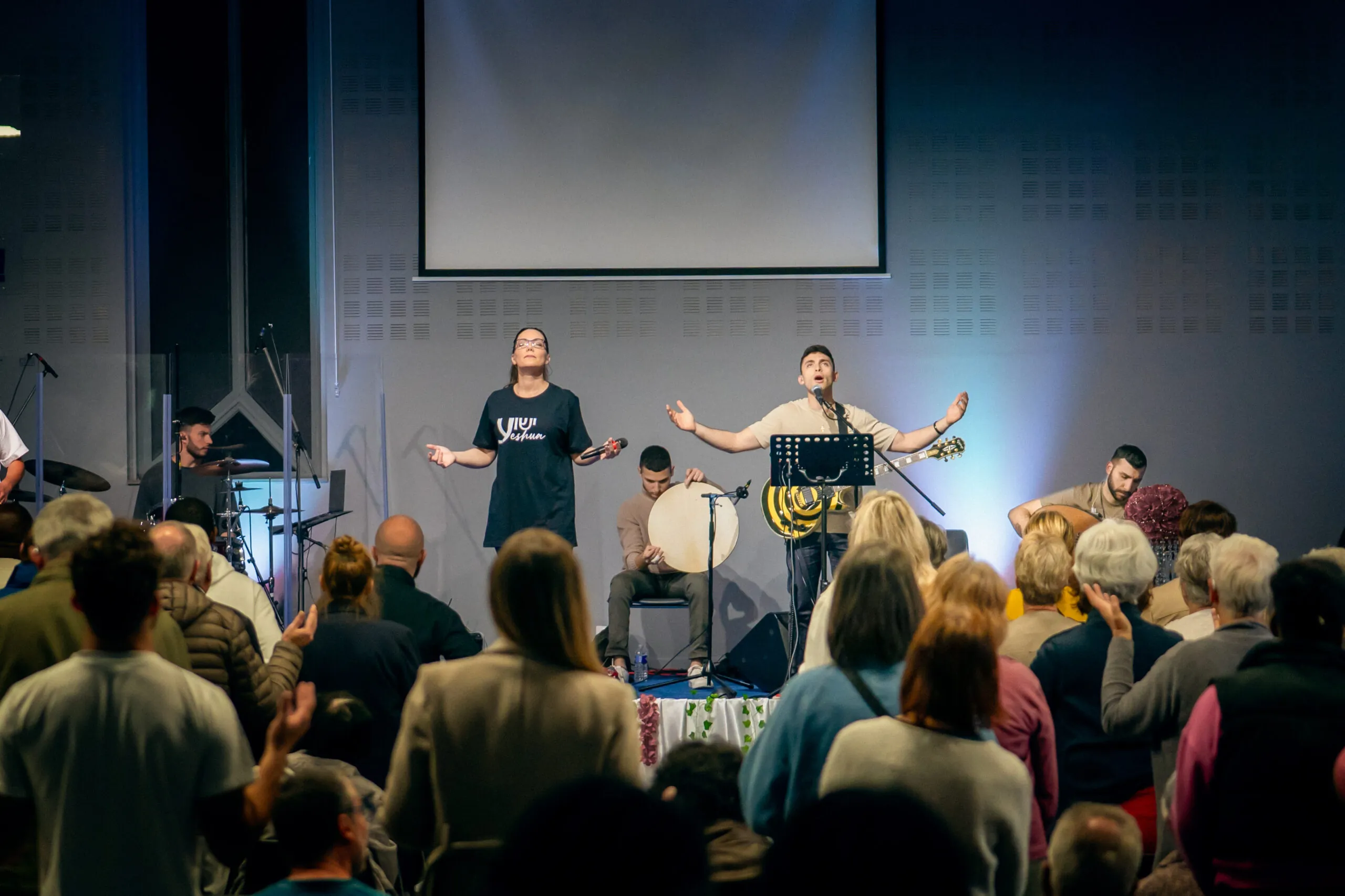
Israel and Ishmael Tour Mission
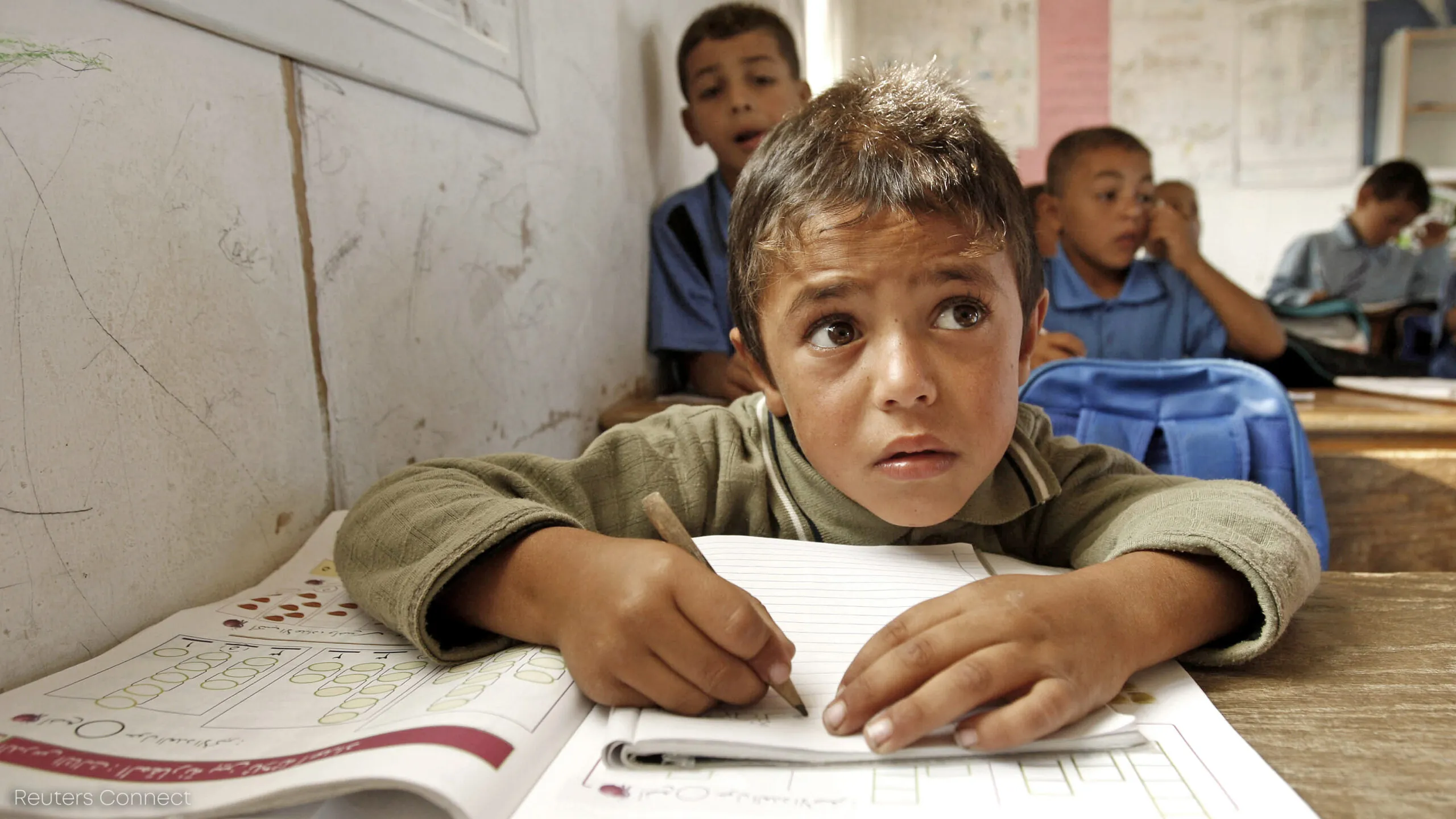
No Child Left Behind
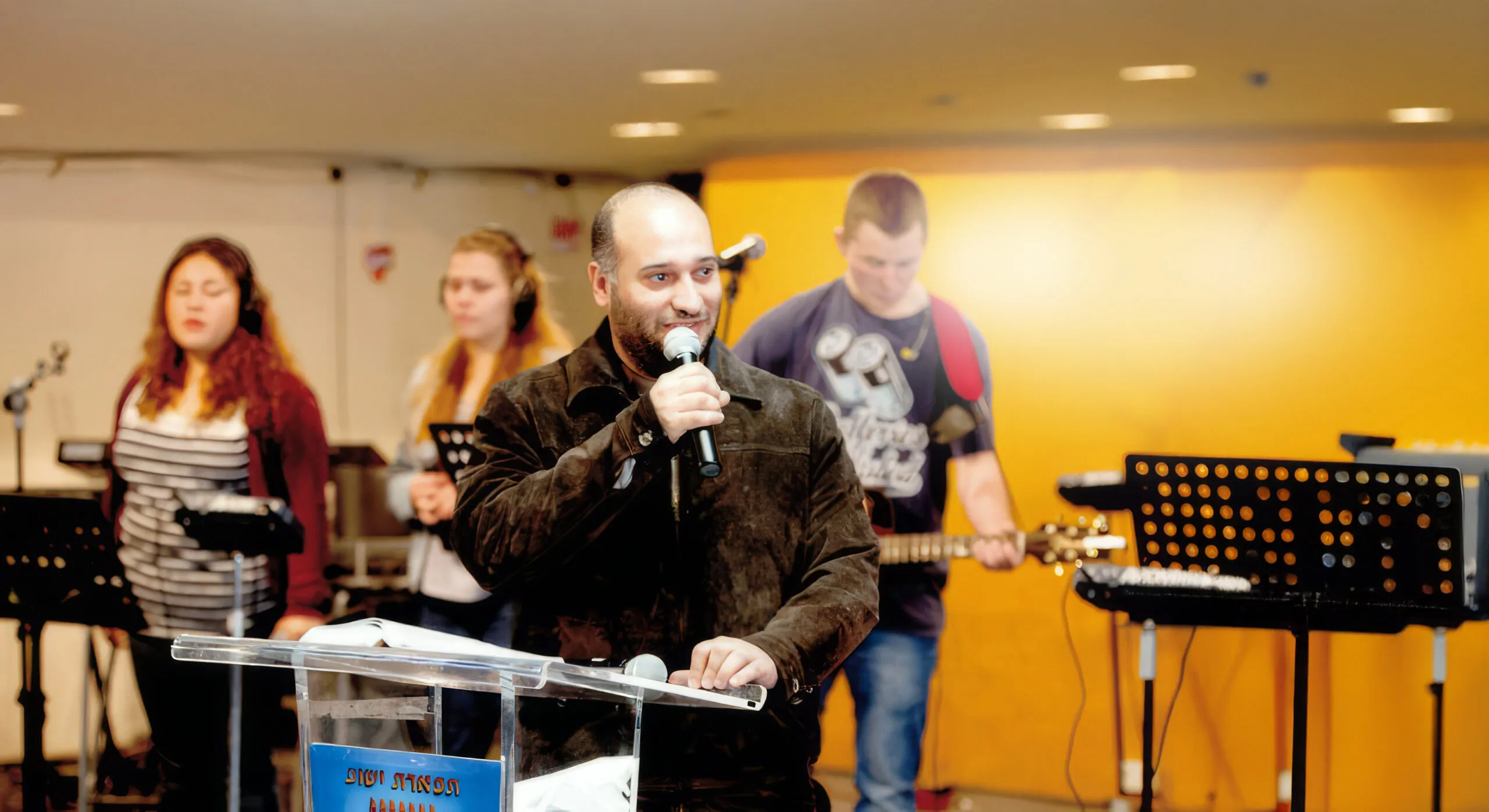
Israel’s First Indigenous Pastor?
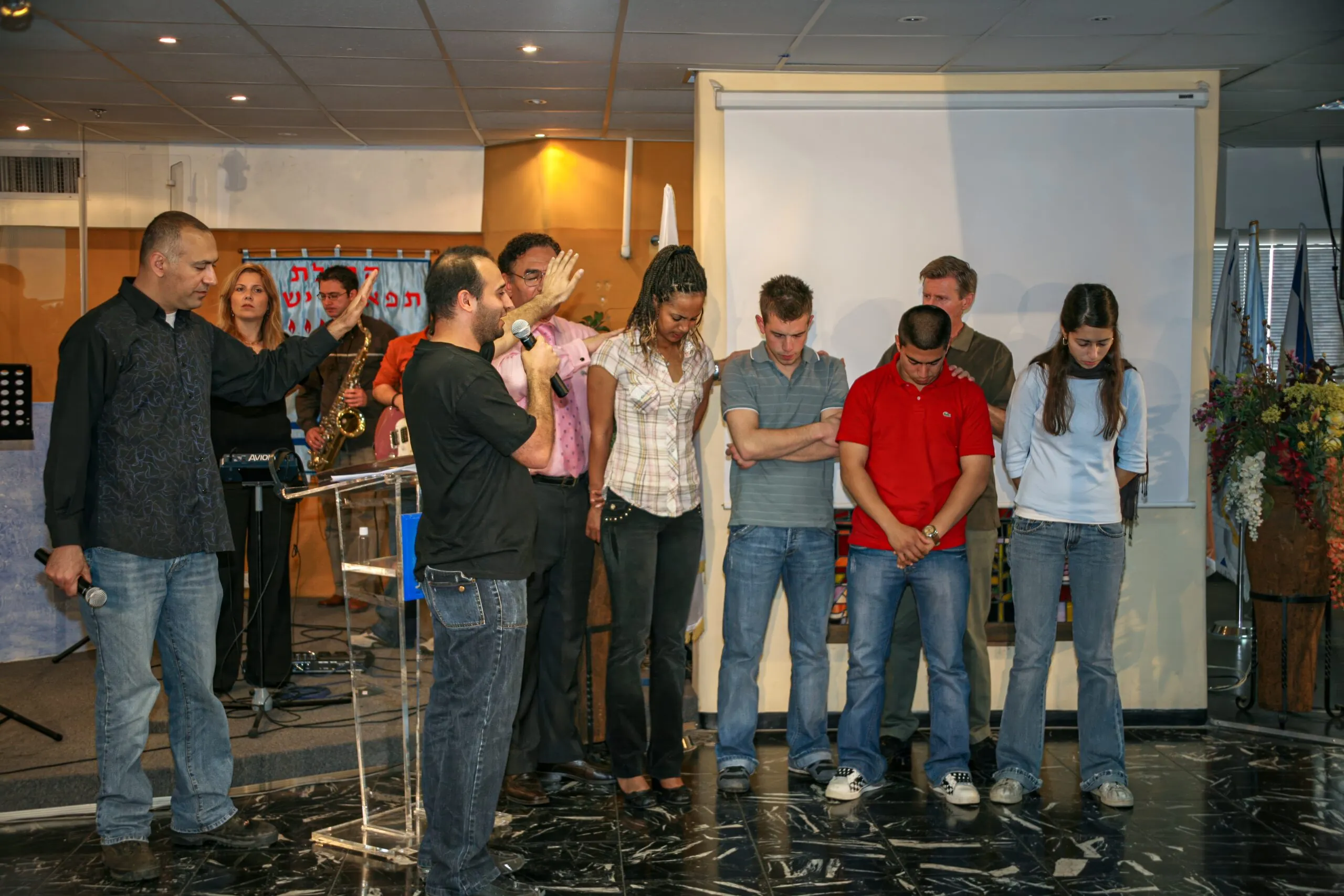
Rooted and Rising in Israel
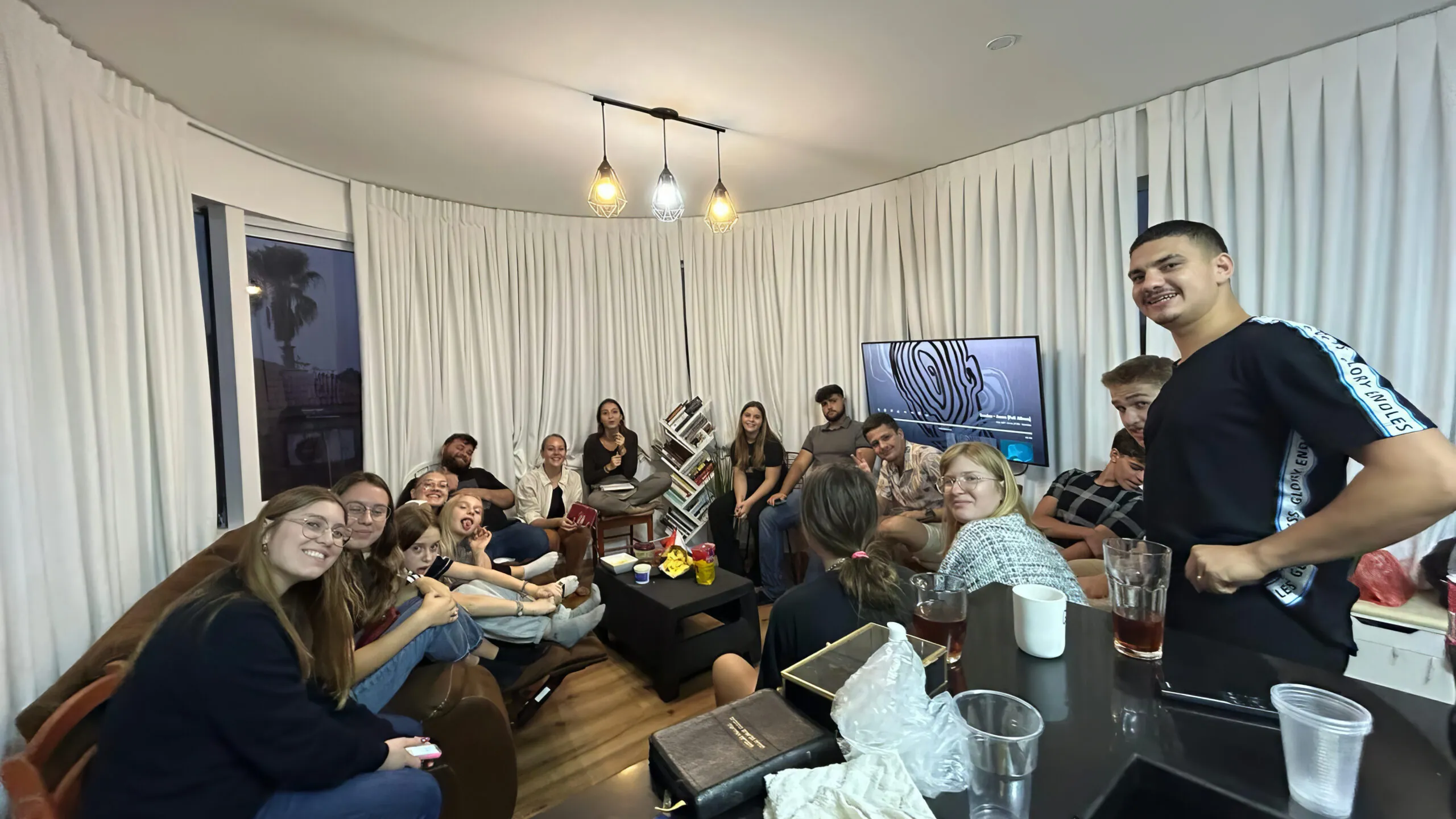
A New Generation Rises
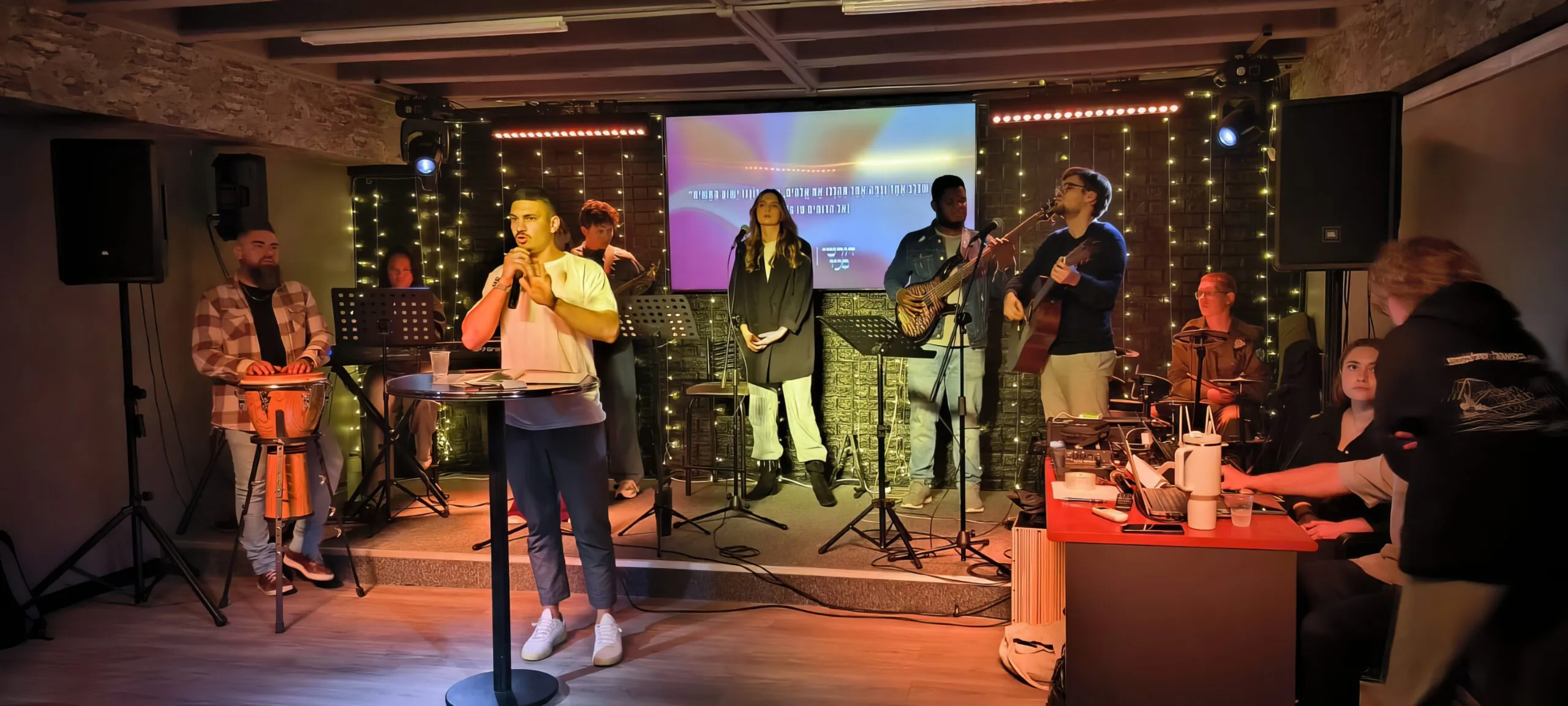
Leaders in the Making
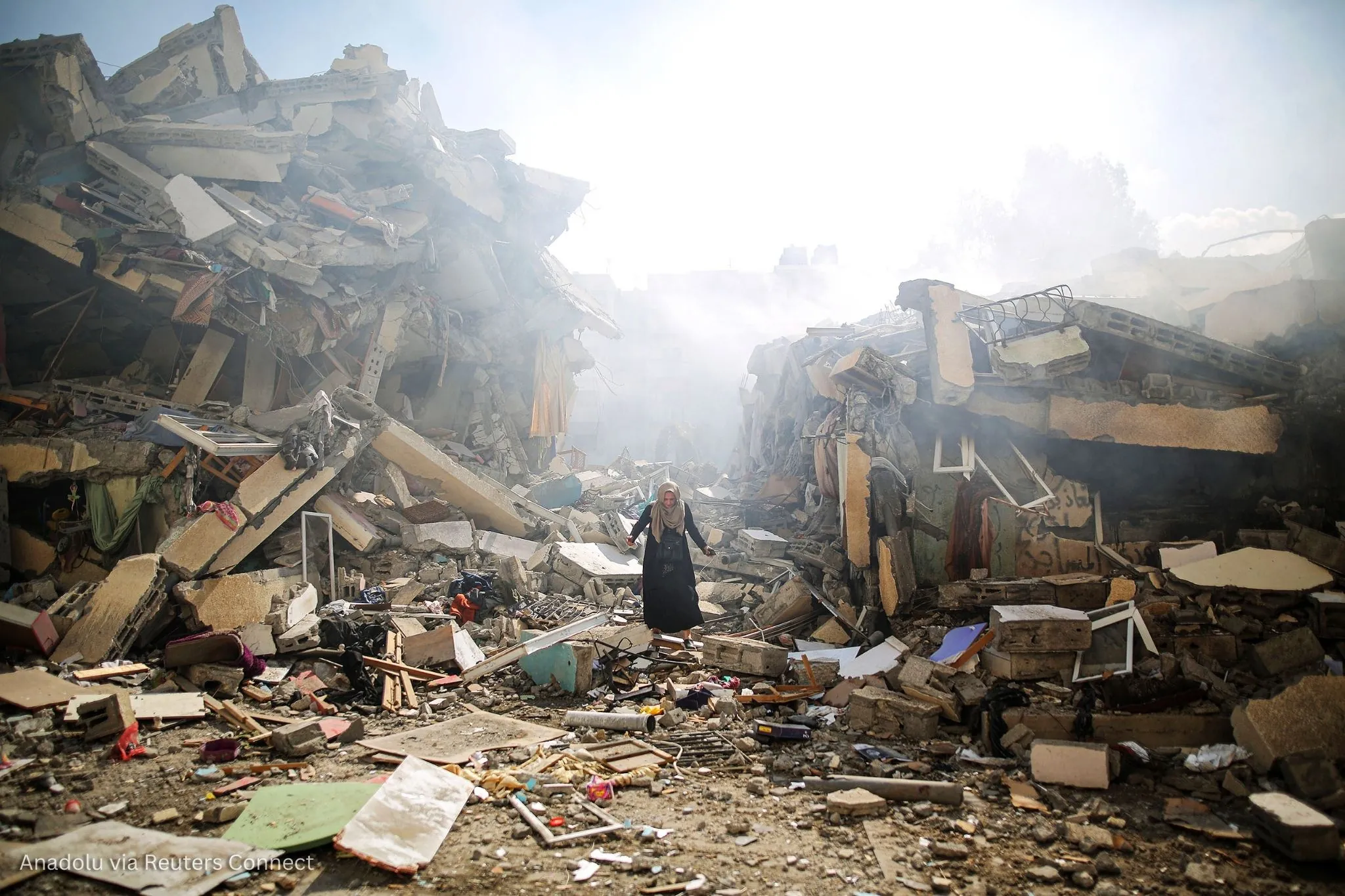
Free Gaza
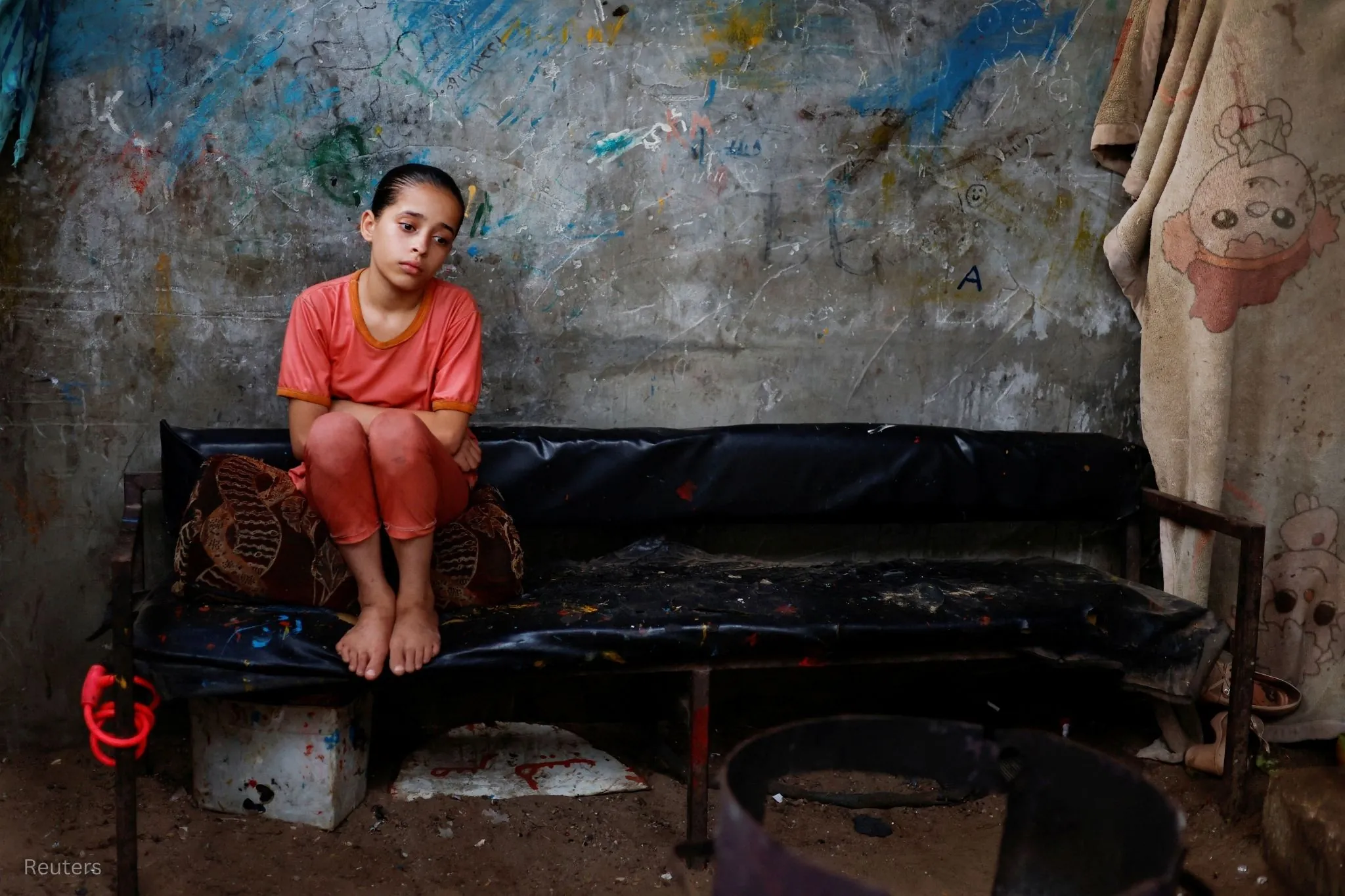
Bringing Light Beyond Borders
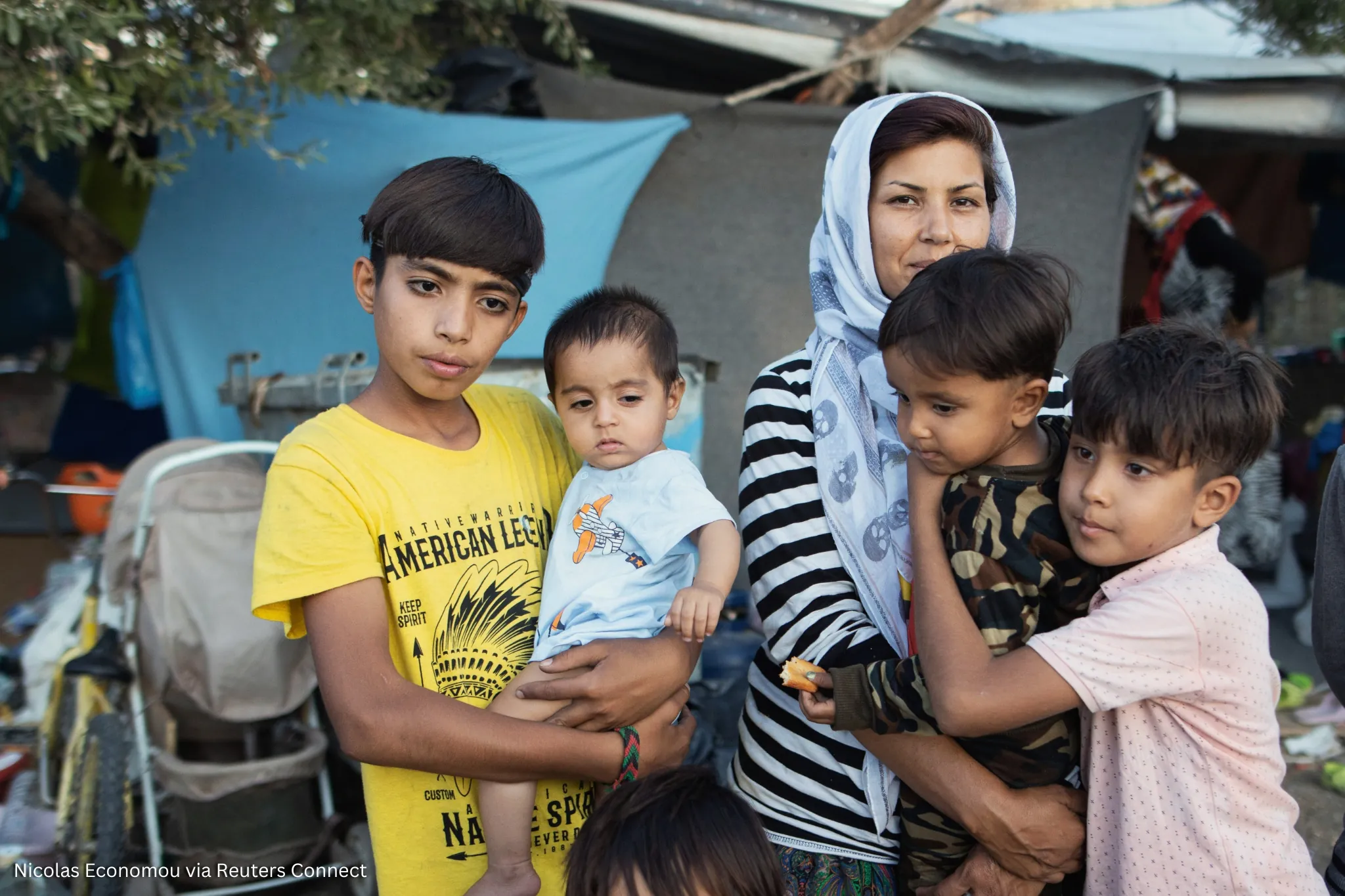
From Crisis to Christ
